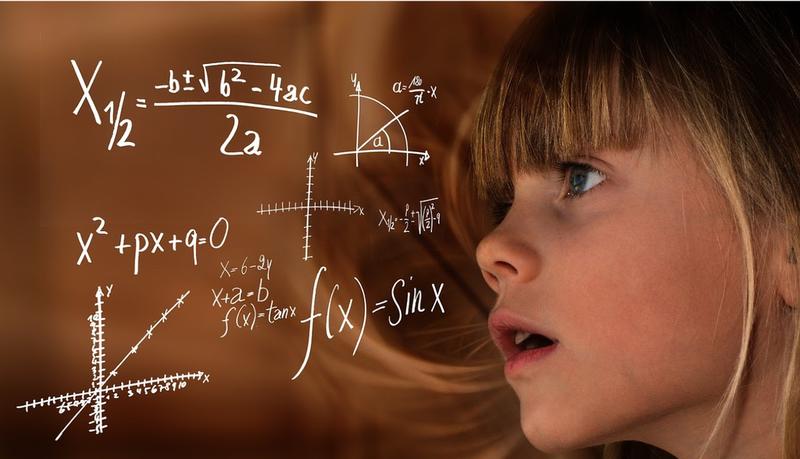Draw the Phase Line Diagram for X X 4

If you're trying to figure out what x squared plus x squared equals, you may wonder why there are letters in a math problem. That's because, in the case of an equation like this, x can be whatever you want it to be. To find out what x squared plus x squared equals, you have to multiply x times itself. Then you add that number to itself to get your final answer.
Examples of X Squared Plus X Squared
Here are some examples of that equation to make it easier to understand. If x equals 2, then x squared, or x times itself, equals 4. Add four to itself, and you get 8. Therefore, 2 squared plus 2 squared equals 8.
To use another example, let's see what happens when x equals 3. In that case, x squared equals 9. Then, 9 plus 9 equals 18. The beauty of this equation is that x can equal anything, and you can solve it using whatever value you want for x.
Math that Uses Letters
We call mathematics that uses letters to take the place of different values algebra. Algebra uses symbols ― in most cases, letters ― to represent quantities that don't necessarily have the same value all the time. These quantities are called variables, and you can figure out what those variables mean when you use algebra.
Equations are like sentences that explain the relationships between numbers and variables. You figure out what the variables in an equation are by solving it. When you solve an equation in algebra, you break it down to its simplest form and discover what the variables mean.
A Brief History of Algebra
Since ancient times, mathematicians have worked with unknown variables in different ways. Islamic scholars began to give the science of working with variables a name. They called this type of math the "science of restoration and balancing," and the Arabic word for "restoration," or "al-jabru," became the root word for the word "algebra."
As mathematicians in the Middle Ages experimented with the principles of algebra, they realized they could solve equations for two- and three-dimensional items, which led to even more discoveries of what algebra could do. Modern scholars have found even more complex equations that algebra can solve.
Algebra in Everyday Life
You may have heard people say that you'll never use algebra in your everyday life, but you'd be surprised at how often you use algebra. Algebra comes in handy when you're trying to figure out how much a group of items costs per item. When you're trying to figure out how to split a restaurant bill or how much gas you can buy for a certain amount.
You can use algebra to figure out the dimensions of a room or even as you make up your shopping list. Algebra is a versatile form of math that you use more often than you might think and, sometimes, you don't even realize that you're solving math problems.
Why It's Important to Learn Algebra
Learning algebra is important for more than just solving equations. Educators consider algebra the gateway to higher forms of math, so if you or your child wants to explore a career in science or technology, algebra can unlock so many more new ideas.
Algebra can also help students with critical thinking and logic skills. Using algebra is like exercise that helps make your brain stronger. Putting algebra to use in your everyday life can help you in so many ways.
MORE FROM REFERENCE.COM
Draw the Phase Line Diagram for X X 4
Source: https://www.reference.com/world-view/x-squared-plus-x-squared-4bc3a9a62af07d81?utm_content=params%3Ao%3D740005%26ad%3DdirN%26qo%3DserpIndex